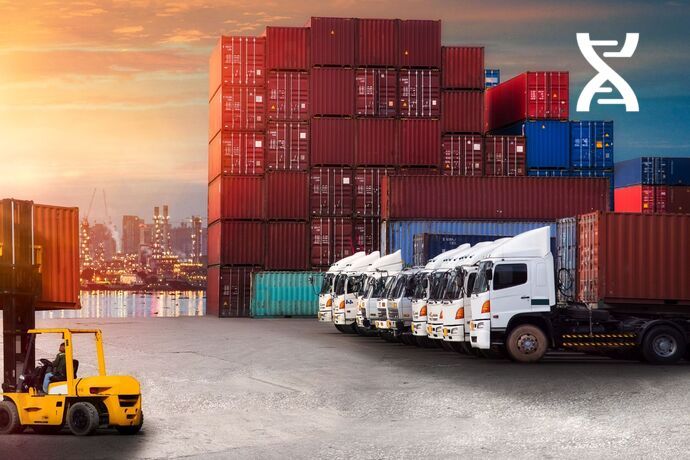The evolution of logistics IT in companies, dates to remember.
The first functionalities
As early as the 1960s, organizations realized the immense benefits they could derive from IT tools. The ability of computers to process gigantic volumes of data in record time soon made manual processing obsolete. Initially limited to large organizations (institutions, banks, multinationals), the use of computers gradually spread to smaller companies, and then to the individual.
By the end of the 1960s, the most modern IT tools were capable of performing a wide variety of tasks, such as accounting, payroll management and financial operations, followed by sales management and sales forecasting. For companies specializing in logistics, these operations naturally contributed greatly to the growing efficiency of the supply chain.
The birth of ERP
The history of ERP ("Enterprise Resource Planning") began in the 1960s, under the impetus of American engineer Joseph Orlicky and his MRP ("Materials Requirements Planning") concept. The latter was a response to the growing need for companies to implement efficient planning solutions. History will record that Toyota was the first organization to adopt such a system Driven by the latest technological discoveries, ERP tools gradually integrated new functionalities, such as route optimization (1975) and, a few months later, finance, sales and human resources.






